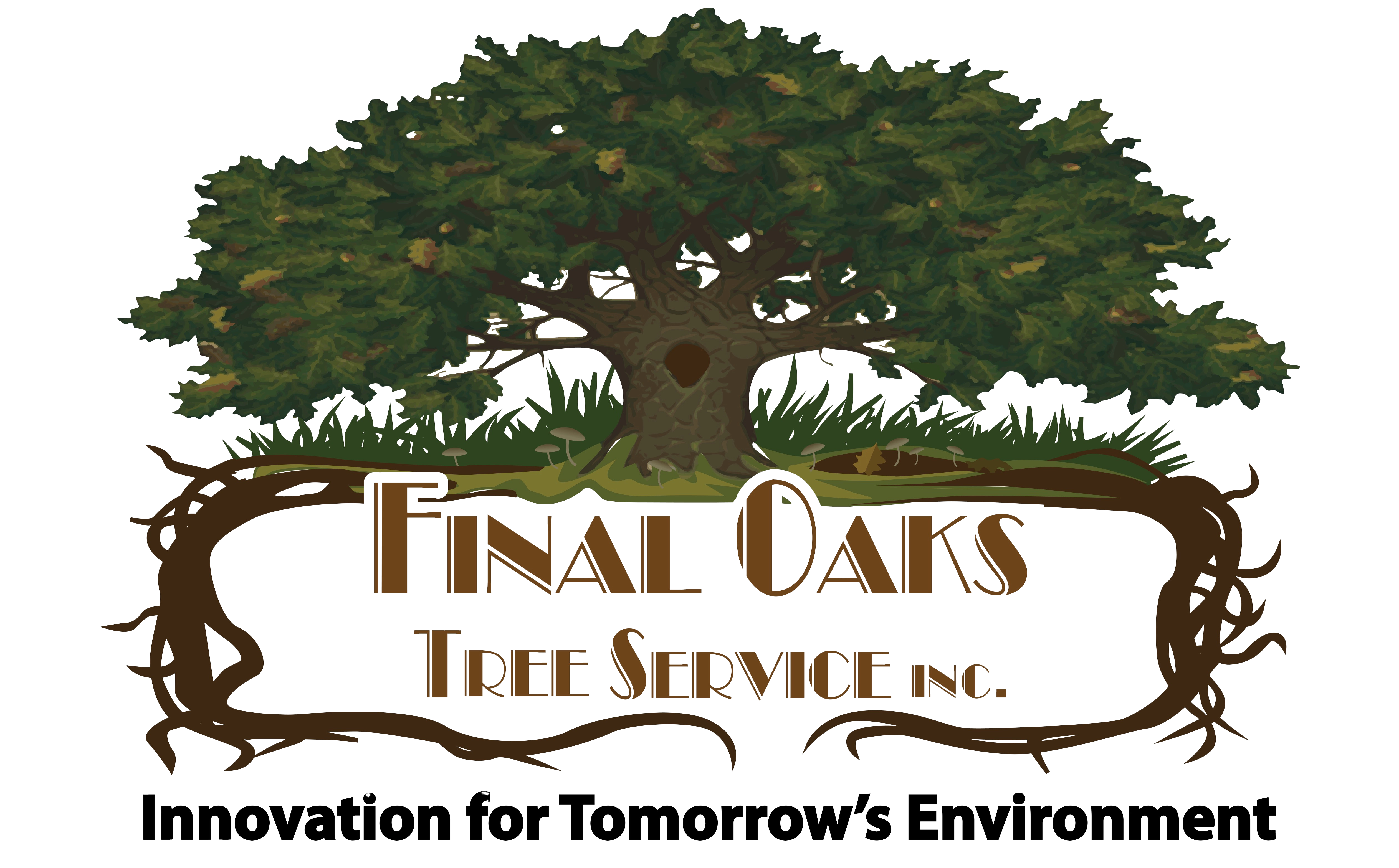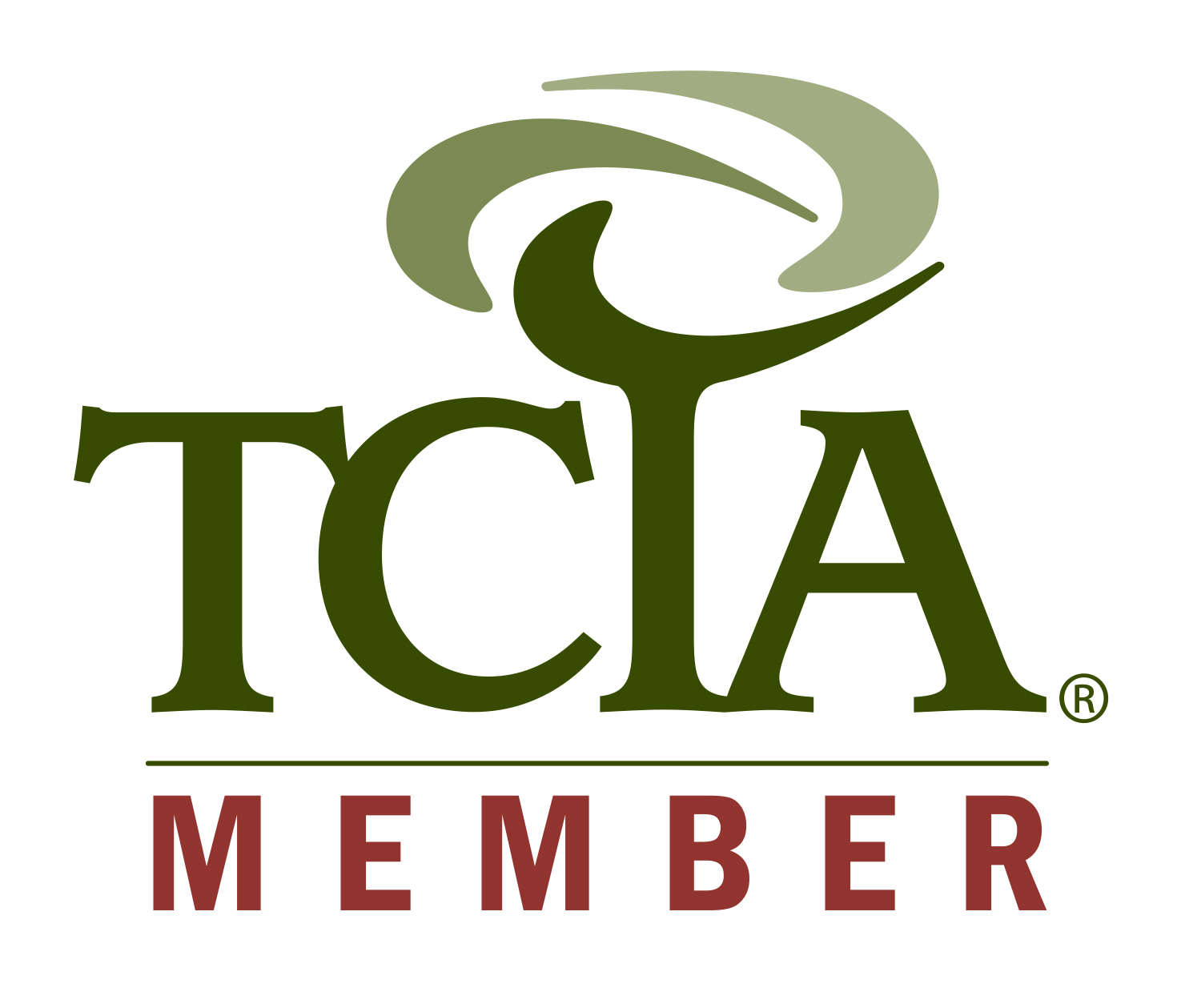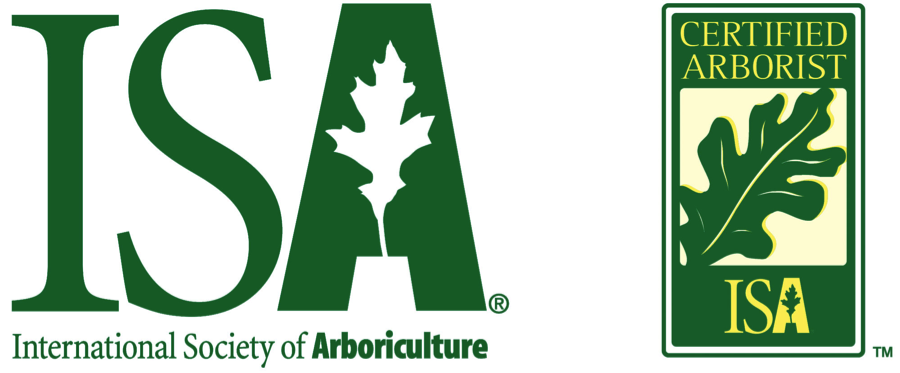For most homeowners, hiring a professional stump removal service is the best choice. This is because of the specialized equipment and expertise required.

Removing a stump can be tricky. It takes time, effort, and the right tools.
DIY methods like digging, grinding, or chemical treatments exist. But they often lead to frustration and incomplete results.
Professional stump removal services have powerful stump grinders that make quick work of even large stumps. They can remove the stump and roots completely, leaving your yard ready for new landscaping.
While it costs more upfront, professional removal saves you time and ensures the job is done right.
Understanding Stump Removal
Stump removal is the process of getting rid of the leftover part of a tree after it’s been cut down. You have two main options: do it yourself or hire a pro.
The choice depends on several factors:
- Stump size
- Tree type
- Your time and energy
- Available tools
- Budget
Tree stump removal methods vary. Here are some common ones:
- Chemical removal
- Grinding
- Manual removal
- Burning
Each method has pros and cons. Chemical removal is slow but easy. Grinding is fast but needs special equipment. Manual removal is cheap but hard work. Burning can be risky.
Your choice of method may depend on the stump size and tree type. Bigger stumps are harder to remove. Some tree types have deeper roots, making removal tougher.
It’s important to remove the whole stump to prevent new tree sprouts. This helps keep your yard tidy and stops unwanted tree growth.
If you decide to DIY, make sure you have the right tools and safety gear. Always follow proper safety procedures to avoid injury.
Hiring a pro can save you time and effort. They have the right tools and know-how to remove stumps quickly and safely.
DIY Stump Removal Techniques
Getting rid of tree stumps can be done at home with some effort and the right methods. You have several options to choose from depending on your time, budget, and physical abilities.
Manual Stump Removal
Manual removal works best for small stumps. You’ll need a shovel, axe, and mattock.
First, dig around the stump to expose roots. Then, cut through roots with the axe. Finally, use the mattock to pry up the stump.
For bigger stumps, try a stump puller. This tool acts like a giant lever. Attach it to the stump and use your vehicle to pull it out.
Be careful when using sharp tools. Wear safety gear like gloves and goggles. Clear the area of obstacles before you start.
Manual removal is hard work. It can take hours or days depending on stump size. But it’s free if you already have the tools.
Chemical Rotting
Chemical stump removers speed up natural decay.
First, drill holes in the stump. Then, pour in the remover. It softens the wood over time.
This method is easy but slow. It can take weeks or months. It’s best for stumps you don’t need to remove right away.
Always follow safety instructions on the product. Keep pets and kids away from treated stumps. Wear gloves when handling chemicals.
After the stump rots, you can break it apart with an axe. Or let it decompose fully into the ground.
Stump Grinding at Home
Stump grinders chew up stumps into wood chips. You can rent a stump grinder from a hardware store.
These machines have sharp blades that grind the stump below ground level.
Clear the area around the stump. Remove rocks that could damage the grinder. Wear safety gear including eye and ear protection.
Start at the edge and move the grinder across the stump. Go deeper with each pass. Grind about 4 inches below ground level.
Fill the hole with soil after grinding. You can plant grass or other plants in this spot.
Burning the Stump
Burning can remove stumps in remote areas. Check local laws first. Many places don’t allow open burning.
Drill holes in the stump, then pour in kerosene. Let it soak for weeks before igniting the stump.
The fire needs constant watching, so keep water nearby for safety. The stump may smolder for days.
This method can be dangerous. It’s not recommended near buildings or in dry areas. Consider safer options if possible.
When to Hire a Professional
Removing a tree stump can be tricky. Sometimes it’s best to call in experts. They have the right tools and know-how to get the job done safely and quickly.
Advantages of Professional Stump Removal
Professional stump removal offers many benefits.
Experts can remove stumps faster than most homeowners. They use powerful machines that grind stumps down in minutes.
Pros also know how to handle tough spots. They can reach stumps in tight corners or near buildings. Their work is often neater, leaving your yard looking better.
Safety is a big plus. Stump grinders can be dangerous if you’re not trained. Pros know how to use them without getting hurt. They also have insurance in case anything goes wrong.
Evaluating Professional Services
When looking for a professional stump removal service, ask about their experience. Find out how long they’ve been in business. Check if they’re licensed and insured.
Get quotes from a few companies. Ask what’s included in the price. Some may charge extra for cleanup or filling the hole.
Look at reviews online. Ask for references from past customers. This can help you pick a good service.
Consider the number of stumps you need removed. Some pros offer discounts for multiple stumps. Ask about this when getting quotes.
Preparing for Professional Stump Removal
Before the pros arrive, clear the area around the stump. Remove rocks, toys, or other items. This helps the workers do their job safely.
Mark any underground pipes or wires. Tell the company about these before they start. This prevents damage to your property.
Ask if you need any permits. Some cities require them for stump removal. The company might handle this for you.
Plan for cleanup. Ask if the service includes hauling away wood chips. If not, decide where you want them piled. You might use them as mulch in your garden.
Cost Considerations
When deciding between DIY stump removal and hiring a pro, you need to weigh the costs. DIY methods can save money but require time and effort.
Professional stump removal costs vary based on several factors:
- Number of stumps
- Stump size
- Accessibility
- Removal method (grinding vs. full removal)
On average, professional stump grinding costs $100-$400 per stump. Full stump removal is pricier, ranging from $200-$700 per stump.
DIY stump removal options:
- Chemical removal: $15-$30
- Manual removal: $50-$150 for tools
- Renting a stump grinder: $100-$200 per day
Keep in mind that DIY methods take longer and may not be as effective. Your time is valuable too.
Labor costs for professionals include equipment, expertise, and insurance. While more expensive upfront, they offer quicker and more thorough results.
Consider these factors when making your decision:
- Your budget
- Time available
- Physical ability
- Desired outcome
Remember, the cheapest option isn’t always the best value. Weigh the pros and cons carefully before deciding.
Ensuring Safety During Stump Removal

Safety is crucial when removing a tree stump. Whether you choose to do it yourself or hire a pro, there are important steps to take.
Wear protective gear. This includes safety glasses, gloves, and sturdy boots. Long sleeves and pants help guard against flying debris.
Check the area around the stump. Look for rocks, roots, or other objects that could damage equipment or cause injury. Clear the space of any obstacles.
If using a stump grinder, read the manual carefully. Follow all safety instructions. Never leave the machine unattended while it’s running.
Protect surrounding trees by covering them with tarps. This shields them from flying wood chips and debris.
Be aware of underground utilities. Call your local utility company to mark any lines before you start.
Take breaks often if you’re doing the work yourself. Stump removal can be tiring. Staying alert helps prevent accidents.
Consider hiring a professional if the job seems too risky. They have the right tools and experience to handle tough removals safely.
Remember, safety comes first. Don’t rush the process. Take your time and stay focused on the task at hand.
Stump Removal Aesthetics and Environment

Getting rid of tree stumps can make your yard look better. A stump-free lawn is smoother and more open. This can boost your home’s curb appeal.
Removing stumps also helps the environment. Old stumps can attract pests like termites. These pests might spread to nearby trees or your home. Taking out stumps stops this problem.
But be careful when removing stumps. You don’t want to harm nearby plants or grass. Think about how the area will look after the stump is gone. You might need to add soil or plant grass seed.
Some people like to keep stumps for their natural look. You can turn a stump into a planter or garden feature. This can add charm to your yard.
If you’re removing a stump, think about the roots too. Tree root removal is important for yard health. Roots can keep growing even after the tree is gone. They might damage pipes or sidewalks.
Consider these options for stump removal:
- Grinding: Turns the stump into mulch
- Chemical removal: Slowly breaks down the wood
- Manual removal: Digging out the stump by hand
- Burning: Uses fire to get rid of the stump
Each method has different effects on your yard’s look and the local ecosystem. Choose the one that fits your needs best.
Post-Removal Care

After removing a tree stump, you need to take care of the area to prevent new growth and ensure your yard stays healthy.
First, check for any remaining roots. Dig around the area and cut any visible roots with pruning shears. This helps stop new sprouts from forming.
Fill the hole left by the stump with topsoil. Pack it down firmly to remove air pockets. This creates a good base for new grass or plants.
Water the area regularly. This helps settle the soil and encourages new grass growth.
Don’t overwater, as this can lead to soil erosion.
Keep an eye out for new tree sprouts. If you see any, remove them quickly. Use a sharp spade to dig them out, roots and all.
Consider planting grass seed or laying sod over the area. This helps prevent erosion and makes your yard look neat.
If you’re unsure about handling post-removal care, think about hiring tree care services. They can provide professional advice and help maintain your yard.
Remember to keep the area clear of debris. This makes it easier to spot and deal with any new growth.
Lastly, be patient. It may take some time for the area to fully recover and blend in with the rest of your yard.






